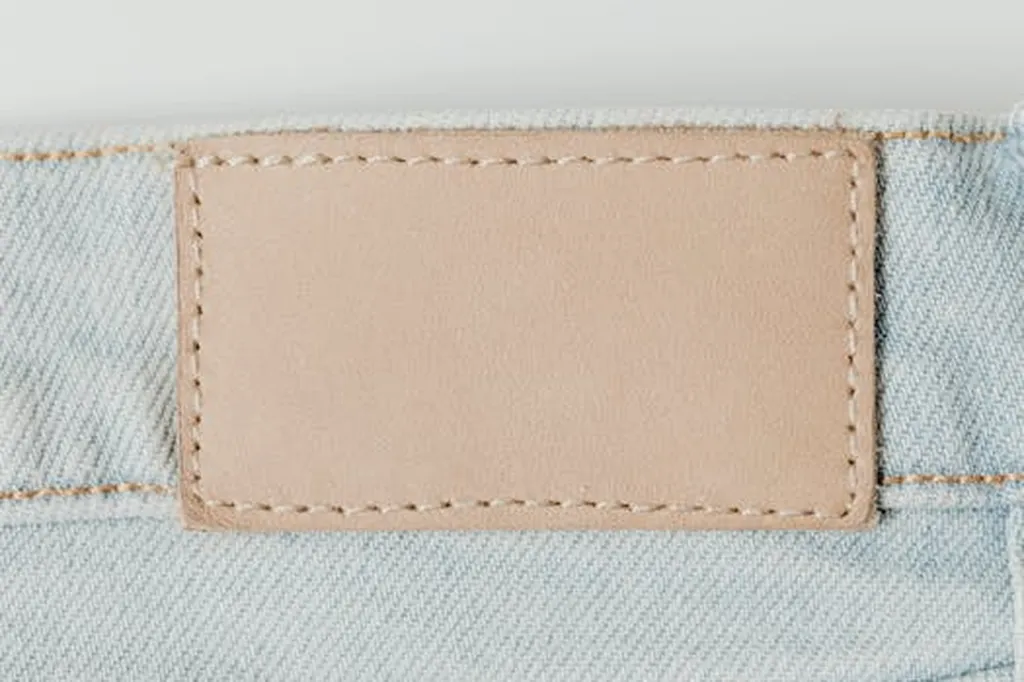In the world of cold-weather apparel, a seemingly simple stitch could be the key to unlocking significant energy savings and enhanced comfort. Researchers at the Institute for Textile Machinery and High Performance Materials Technology at TU Dresden, Germany, have developed an innovative sewing technique called “Spacer Stitching” that promises to revolutionize the way insulated jackets are made.
Traditional sewing methods, while effective in joining layers of fabric and insulation, create thermal bridges along stitch lines. These bridges allow heat to escape, reducing the overall thermal efficiency of the garment. “Conventional sewing techniques compress the insulation material along the stitch lines, which compromises the loft and thermal resistance,” explains lead author Hassan Saeed.
To address this issue, Saeed and his team developed Spacer Stitching, a method that maintains a 3D stitch structure and minimizes compression. This preserves the insulation’s loft and enhances thermal resistance. To test the technique’s effectiveness, the researchers created two identical jackets, differing only in their stitching technique. They then used an advanced thermal manikin to measure thermal performance under stationary conditions.
The results were striking. Jackets made with Spacer Stitching exhibited significantly higher thermal resistance than those made with conventional methods. Moreover, the new technique minimized cold spots and maintained more consistent insulation, leading to improved overall thermal comfort.
The implications of this research extend beyond the realm of cold-weather apparel. In an era where energy efficiency is paramount, the potential energy savings from enhanced insulation are substantial. “This innovation could lead to significant energy savings in both residential and commercial settings,” Saeed notes.
The study, published in the Journal of Engineered Fibers and Fabrics (translated to English as “Journal of Engineered Fibers and Fabrics”), opens up new avenues for research and development in the field of textile engineering. As the demand for energy-efficient and sustainable solutions grows, innovations like Spacer Stitching could play a pivotal role in shaping the future of insulated apparel and beyond.
The research not only highlights the importance of revisiting traditional techniques with a modern perspective but also underscores the potential of interdisciplinary approaches in driving innovation. As we continue to grapple with the challenges of climate change and energy conservation, such advancements remind us that even the smallest changes can yield significant impacts.

